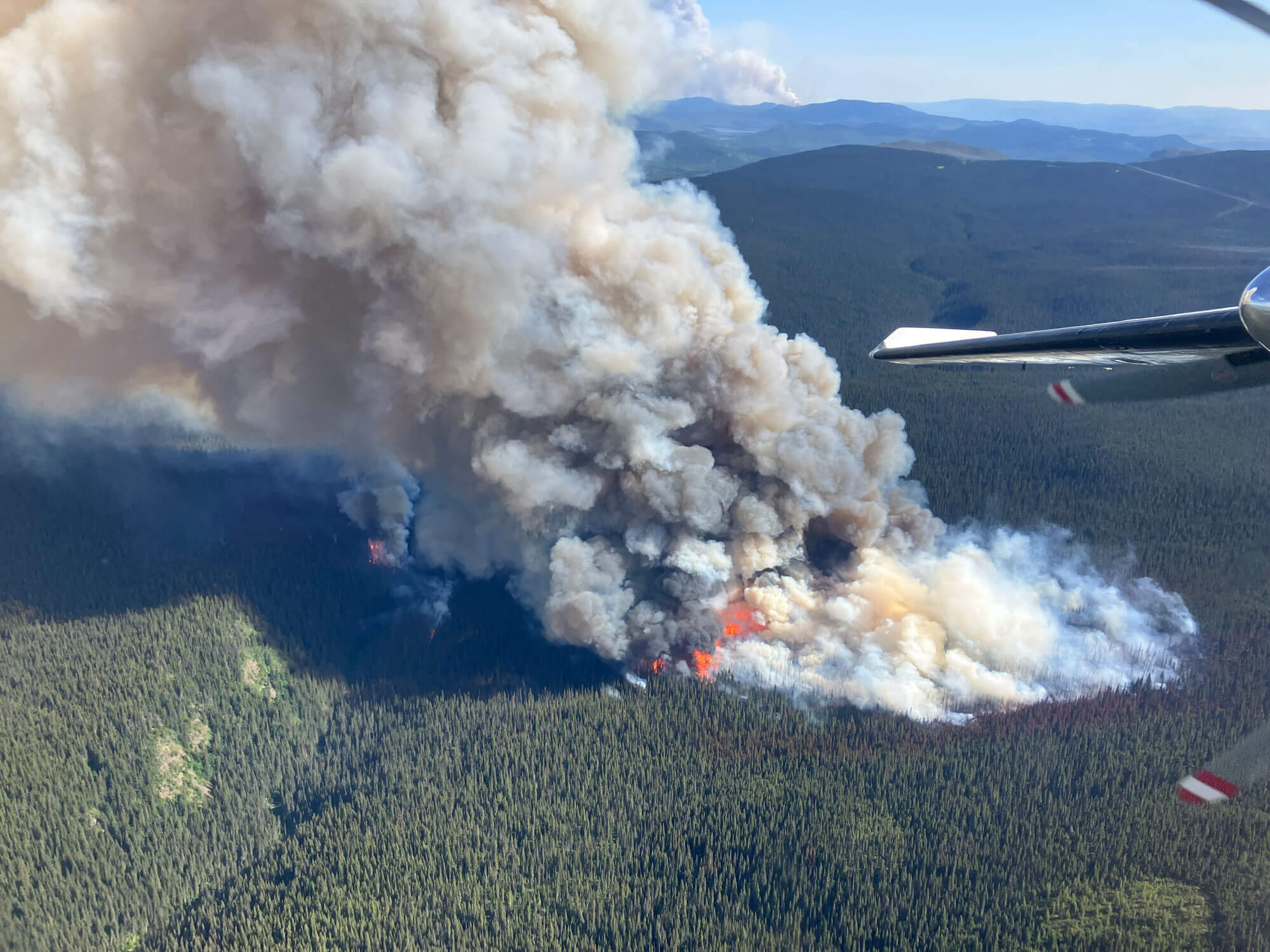Application of Medium Range Ensemble Fire Weather Forecasts

Weather plays an important role in fire behaviour. Higher temperatures, less precipitation, stronger wind, and lower humidity will cause higher fire risk. The recent record-breaking seasons in North America underscore the urgency of understanding and forecasting fire weather. Accurate fire weather forecasts mean timely warnings and better-managed wildfires.
Traditionally, the Fire Weather Index (FWI) system has relied on station observational data for monitoring current fire danger conditions. However, advancements in weather forecasting and numerical weather prediction (NWP) have provided an opportunity for the use of longer-term weather forecasts to extend fire risk predictions, enhancing early-warning capabilities. In this quest, we're harnessing the power of cutting-edge medium-range ensemble weather forecasts. Picture this: predicting high-resolution FWI up to 10 days ahead, providing a crucial window for preparedness and proactive decision-making.
Our goal? To evaluate their skills in predicting probabilistic fire weather up to 10 days in advance. But here's the twist—we're not just stopping there. Dive into the world of post-processing, where we refine the precision of our predictions. How? With advanced machine learning techniques seamlessly integrated into the process, enhancing the accuracy of our forecasts.
Researchers
Principal investigators
- Dr. Mike Flannigan, BC Innovation Research Chair in Predictive Services, Emergency Management and Fire Science (Faculty of Science)
Students
- Shu Chen, MScDS (Faculty of Science)
